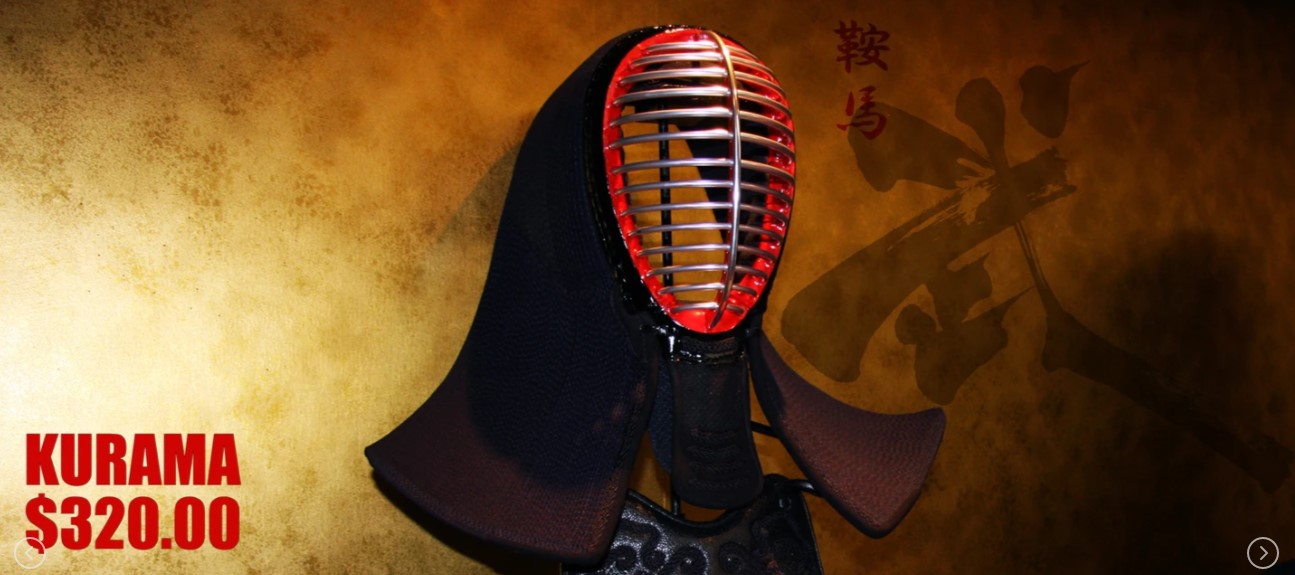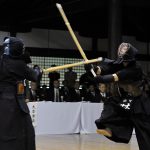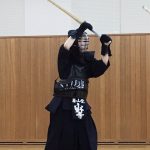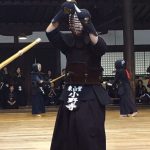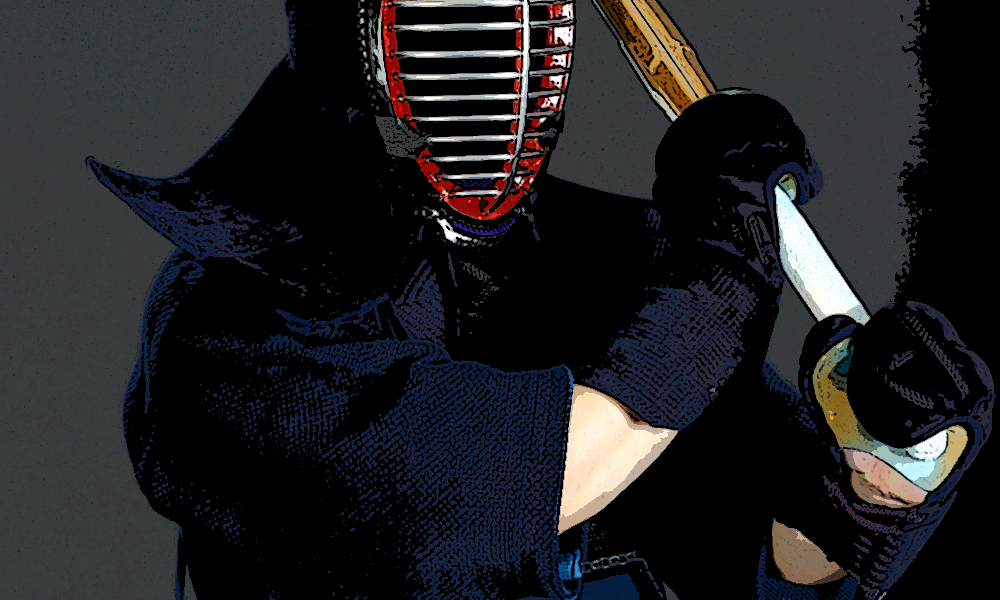
Kendo is a martial art that developed during the Edo period
Until then people trained with wooden swords, but that changed to the shinai and they began wearing protective gear. And gradually rules were put in place to establish what has continued until today. Many techniques have been developed ruing this process, and here I will introduce one called “henka” (change) which is a useful technique to have during matches.
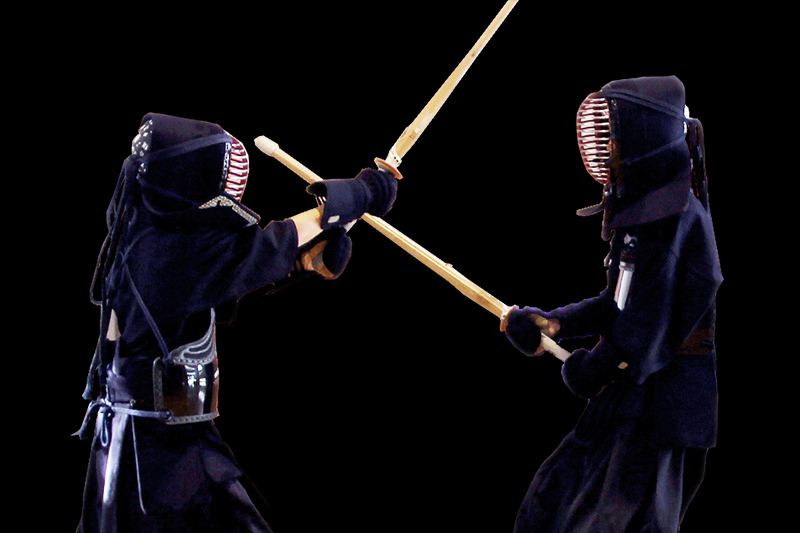
In kendo, you win an ippon by striking the men , kote and do. During practice, you would imagine hitting your opponent’s move and plan how to hit the men or the kote while you do air swings. But once you begin a match, things do not go as planned. That is because your opponent is thinking and planning just like you are. In such a match, if you want to strike the men and simply swing toward the men it is too easy for your opponent. That is why the henka technique, or feint, can be very useful at times. The word feint means to catch your opponent by surprise or do a fake attacking move in sport.
Applying this to kendo means pretending to strike the men but actually getting the kote, or swinging toward the do while hitting the men, and so forth. In kendo this kind of thinking is called “kyojitsu no ri” (the law of truth and falsehood), and is incorporated in training. Basically, if you opponent is expecting you to strike the men and you just go for the men it will be easily defending, so try and aim for somewhere else. Feinting in kendo is about drawing your opponent’s focus to a particular place and aiming for the area where his or her attention is unfixed.
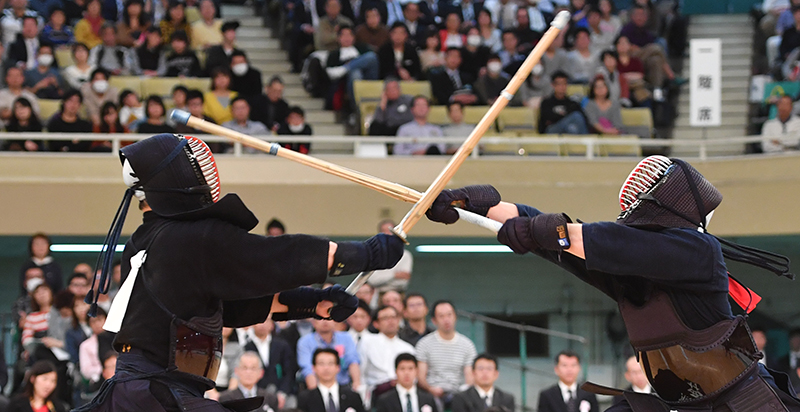
Advantages and Disadvantages of Using Henka
If you master the henka technique, it can give you an advantage when facing someone that is around the same level as you. The henka is a kind of technique that will not work against someone who is above and unnecessary against someone below your level. When two opponents of the same level face each other, often it progresses toward to stalemate with neither side able to hit the winner. If you can pull out a henka move in such a circumstance, your chances of winning can improve greatly.
On the other hand, the henka technique is not so popular among those at higher levels. Some people think it is not fair play, and some umpires will not give you ippon if you keep trying for henka. Use the henka sparingly and in critical, match-winning moments. Also, if you are always looking to feint your opponent, your defense can become weak. Think about the attacks, but be careful not to compromise your defense.
In the next article I will introduce some specific henka moves.
 | Did you like what you've just read? Check this out. |


